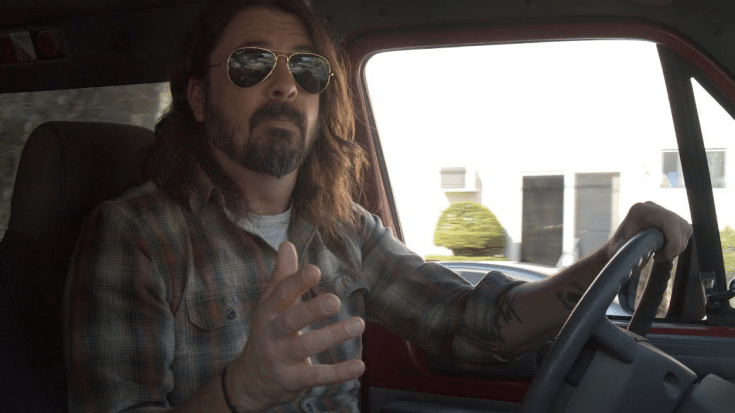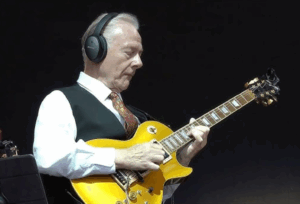The Reason Foo Fighters’ Original Line Up FAILED

via Foo Fighters / Youtube
In 1994, Foo Fighters burst onto the music scene, led by former Nirvana drummer Dave Grohl. However, the band’s early years were marked by turbulence, and within the first three years, they faced a significant lineup change that altered their trajectory. In this article, we explore why the original lineup of Foo Fighters fell apart.
The initial rhythm section comprised bassist Nate Mandel and drummer William Goldsmith, who had previously played together in the alternative band Sunny Day Real Estate. However, Sunny Day Real Estate disbanded seven months after the release of their debut album, creating an opportune moment for Grohl to form Foo Fighters.
Grohl had recorded some songs under the moniker Foo Fighters and invited Mandel and Goldsmith to join his new project. Alongside Grohl’s former Nirvana bandmate Pat Smear, they embarked on a tour, initially playing small shows but quickly transitioning to larger venues.
Goldsmith, however, struggled with confidence in his drumming abilities, especially performing in front of Grohl, a seasoned drummer. The pressure of extensive touring led Goldsmith to resort to substance abuse. As the venues grew in size, the challenges mounted for the drummer.
Tensions and Trials
During rehearsals for the second album, The Colour and the Shape, tensions escalated. Producer Gil Norton, known for his demanding style, dubbed Goldsmith and himself the “rhythmless section.” The recording process became tedious, arduous, and expensive, pushing Goldsmith to his limits.
By Christmas of 1996, frustrated with the band’s progress, Grohl decided to take a break and return in the following year. Unbeknownst to Goldsmith, Grohl re-recorded almost all of his parts for the album, except for two songs. When Goldsmith learned the truth, he confronted Grohl, leading to his departure from Foo Fighters.
Taylor Hawkins, a drummer Grohl befriended during the tour for the first album, replaced Goldsmith. Despite the setback, the band faced another challenge when guitarist Pat Smear left, citing burnout from relentless touring. Smear returned in 2005, and Foo Fighters expanded to three guitar players.
The Departure of Goldsmith
Goldsmith’s departure and replacement marked a turning point for the band, ultimately leading to their continued success. While Goldsmith expressed dissatisfaction with Grohl’s leadership and musical direction, he acknowledged receiving small royalty checks every six months. Despite the strained relationship with Grohl, Goldsmith continued playing music, eventually reuniting with Mandel in subsequent projects.
Looking back, the dissolution of Foo Fighters’ initial line-up highlights the inner conflicts the band had and highlights the fine line that must be drawn between the need to achieve musical success and artistic differences.


















